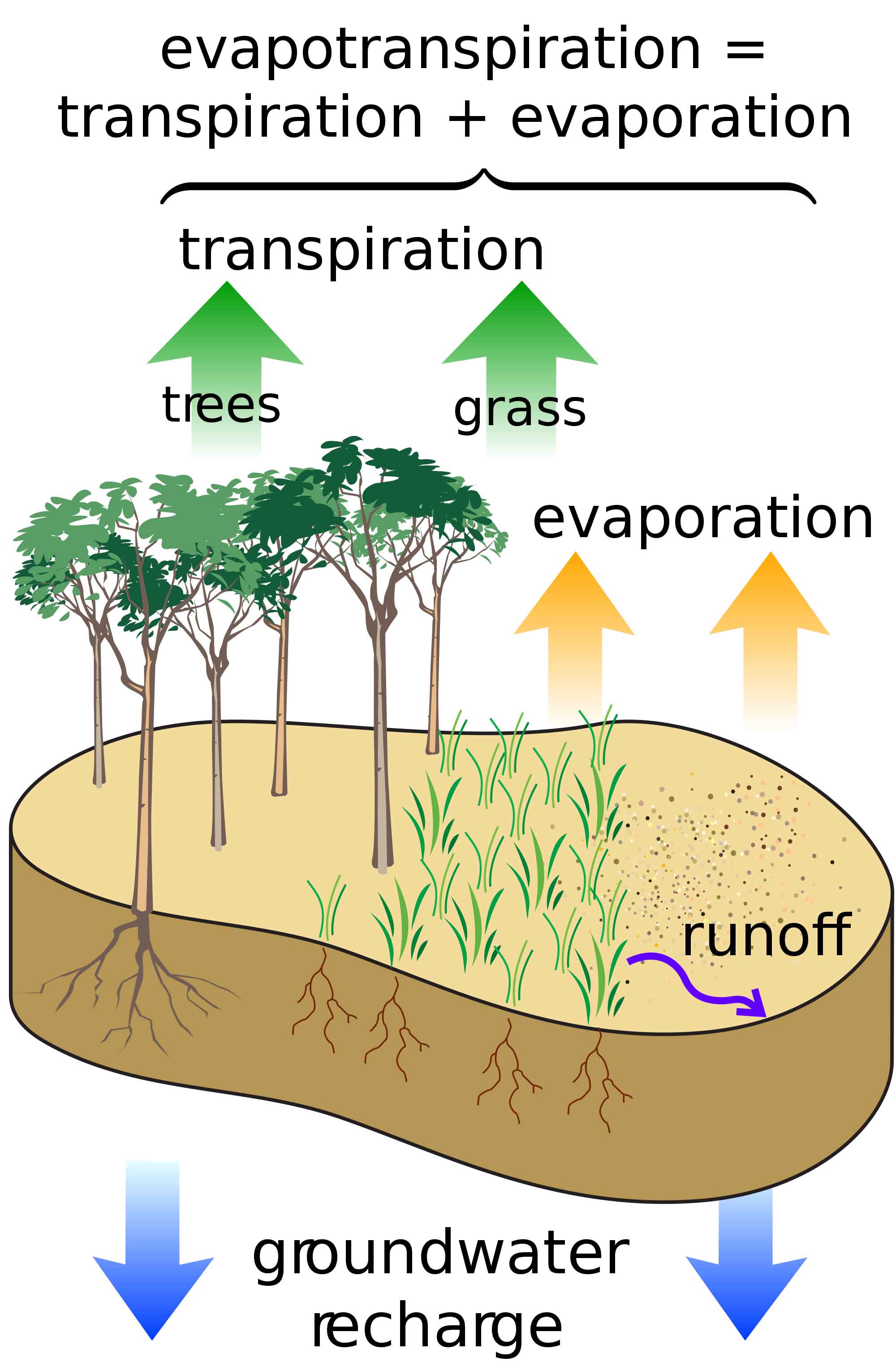
The consequences of the multi-year drought are showing up in water price increases, punitive fee schedules, and even rationing. So how do you practice your love of gardening without guilt and penalties? Is a rock garden your only option? Will your years of hard work be lost as your plants die off in the heat of this summer?
Outdoor water use accounts for over half of water consumed in Orange County, dropping during damp rainy days, and spiking on hot Santa Ana wind days. Your indoor plumbing has become very efficient with water saving toilettes, showerheads, and appliances. Yet the greatest potential water savings is still available – your garden. What can you do that requires minimal expenditure, no special skills, and pays rewards for now and the future? A 3” layer of compost placed on the surface of your garden can reduce the total water consumption for your household by 20% or more! At the same time your garden will look better than before!
Here is a simplified example of how compost usage can have such a dramatic effect on the water consumed. Soils in Orange County have a large percentage of clays and silts, which results in a high degree of compaction. The condition of the soil determines what soaks in and what runs off. Water is “delivered” to your garden from rain, or by your irrigation system. Clay soils require a very slow application of water. Any more than that, and that water will run off into the gutter. The typical irrigation system will spray 2.5-3” per hour. (Imagine if that was a rain storm. It would make the front page!) This rate is beyond the normal soil infiltration rate, which means much of the water is lost.
By applying a layer of compost on the surface, we would be able to hold the water in place giving it time to soak in. This means that more of the water applied will make it into the soil. And this allows us to reduce the time the sprinklers run, without change the new soil moisture level.
The second loss of irrigation water is by evaporation from the soil itself. Think of how quickly water dries on the surface of the road on a hot Santa Ana windy day. The sun’s rays heat the water that is on the surface causing it to vaporize. Soil is similar because as the water on the very top vaporizes, the soils (through capillary) action bring new water to the surface. How much of the water that gets in the soil actually ends up evaporating? On those hot days as much as 70% of the day’s watering is lost to evaporation. This is in addition to the water the plants actually consume (which is call transpiration). A good cover of compost will block the sun’s rays from hitting the soil surface, thus a very significant reduction in evaporation.
Many water districts have a tiered rate structure, meaning the more you use, the greater the rate charged. By reducing just 10%, your water bill savings could be double that.
We have seen a big move to drip systems as a means to conserve. Unfortunately we are finding that the promises of these systems are not living up. While they work well initially, during the hot summer months their deficiencies are becoming apparent. If you have installed one of these systems, or are considering such, please watch our Compost & Irrigation video.